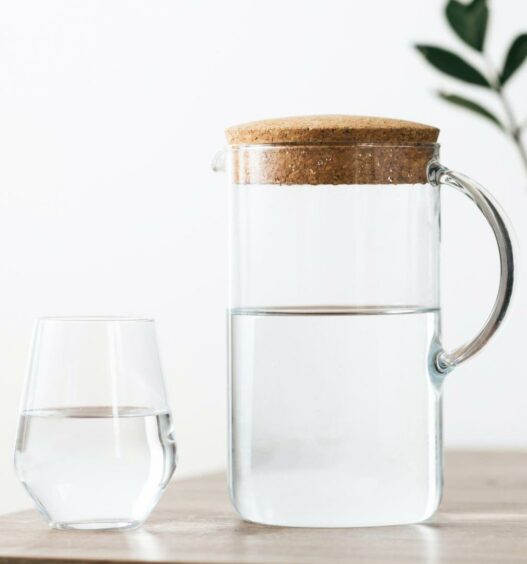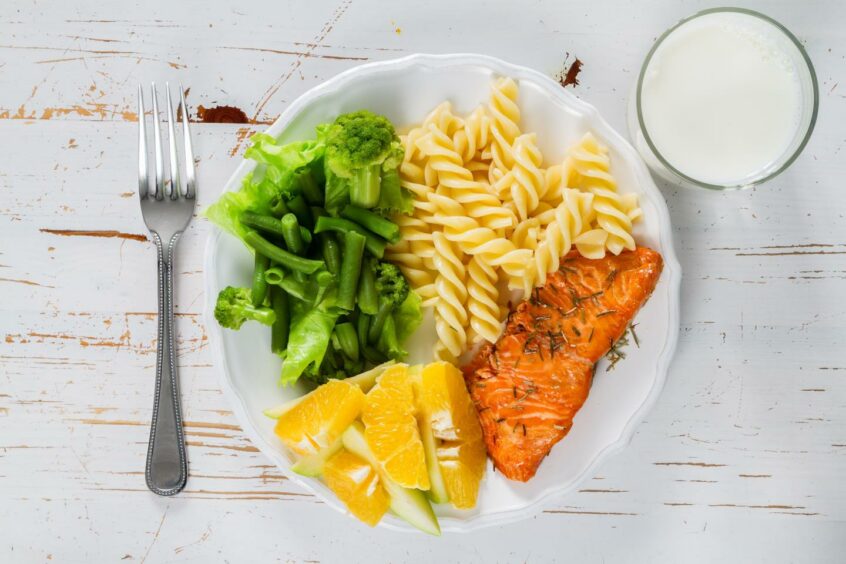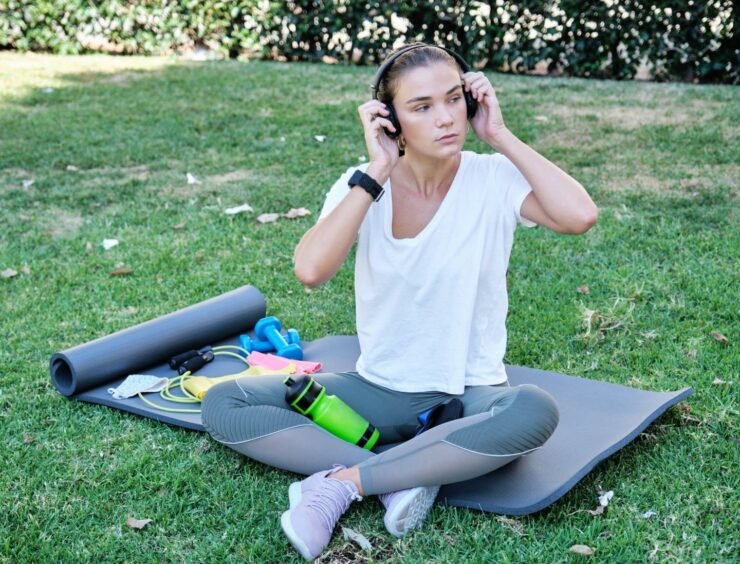The “New Year New You” messages we’re bombarded with throughout January can be daunting – but what if you could improve your health and happiness with very little effort?
Nutritional consultant MaryRuth Ghiyam insists very small changes can make a very big difference.
“When it comes to wellness, I think it’s the small things you do on a daily basis that matter most,” says Ghiyam, who has written a book – Everyday Wellness: 12 Steps To A Healthier, Happier You.
“Each of these actions will allow you to create a daily routine of micro-actions that connect to macro goals you find important to your life,” explains Ghiyam.
“A routine is something you can carry out within a 24-hour period to allow you to have the best quality of life you can, and these 12 actions will help you create an amazing routine that works for you.”
1. Liquids ’til lunch
Consume only liquids until lunchtime, and then eat three small meals a day at three main anchor times. Liquids may include options like a green juice, a smoothie, vegetable broth, coffee or tea. “Many people find that this gives them more energy and focus, while eating at specific anchor times gives the body the control and certainty it needs,” says Ghiyam.
2. Chew food until it’s liquid
“Chewing your food until it becomes liquid is one way to help your digestion,” says Ghiyam. She points out that chewing well means your body doesn’t have to take energy from your mind to digest your food, which leaves more energy for other things.
3. Drink half your body weight in ounces of water
Ghiyam says that if, for example, you weigh 120lbs, you’d drink 60oz of water a day. “This action is one of the simplest ways to feel better instantly. Not being adequately hydrated can affect your mood, exhaustion level and alertness.”
4. Portion control
Ghiyam says portion control isn’t as straightforward as we might think, as eating the right amount is different for each person. “Once you’re aware of what size meal you have and finding what I call your ‘zone’, you’ll probably find that eating smaller meals until satisfaction will increase energy levels,” she explains.
5. Eat healthy foods
Every day, check what healthy food you have in and what you need to buy. This is also a great time to plan your healthy meals for the next day, says Ghiyam. “Eating more healthy foods is as easy as taking the time to open the fridge every day,” she says.
6. Get 15 minutes of direct sunshine each day
Ghiyam points out that vitamin D is an essential vitamin that’s crucial for both the mind and body, and the only way to get it is from the sun or supplements (especially during autumn and winter months in Scotland). “Just like plants need sunshine to grow, people need it to support their mood and immunity,” she says.
7. Sleep seven to eight hours
It’s important to have a bedtime routine as well as a daytime one, says Ghiyam, who stresses getting seven to eight hours sleep a night should be a priority for everyone. “Getting enough sleep helps your body restore and regenerate to give you energy the next morning.”
8. Do 15 minutes of stretching
Taking a quick 15-minute stretching break will promote circulation in your body and may also improve your mood, says Ghiyam. “While this may seem like a small action, it can have monumental effects on your life,” she promises.
9. Do 30 minutes of exercise a day
Dedicating 30 minutes every day to exercise is a great way to help you get into a more healthy daily routine, says Ghiyam. “Even if you aren’t feeling motivated, having this action as a regular part of your routine will allow you to start the process of doing things that you may not always want to do in the moment, but will help you feel better later on.”
10. Stress less
Help alleviate future stressors by taking control of your schedule and routine, suggests Ghiyam, who says doing simple things like making to-do lists can help you find time to do the tasks that may be causing anxiety.
11. Think positively
Try to take time every day to really check-in and ask yourself how you’re feeling. Ghiyam says: “Positivity is a choice. We have control of our thoughts, so you can ask yourself how to have a more positive outlook during those mental check-ins.”
12. Believe in a universal force of goodness
Just as it’s important to proactively have a more positive outlook, it’s also important to be able to let go of the things we can’t control, says Ghiyam. “Believing in a universal force of goodness lets you accept that though there are always things out of your control, there’s a world of good energy waiting for you no matter what.”

















